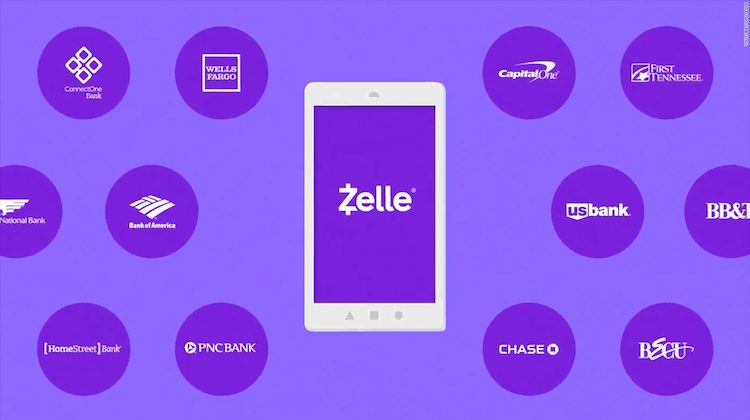Modern Marketing
How banks are promoting Zelle
- How banks position Zelle within their individual mobile banking experiences is just as important for promoting it as TV ads
- Most banks and credit unions partnering with Zelle probably won’t even be able to afford that kind of marketing and will still need to do their part to promote it -- because success for Zelle ensures success for the bank brand








